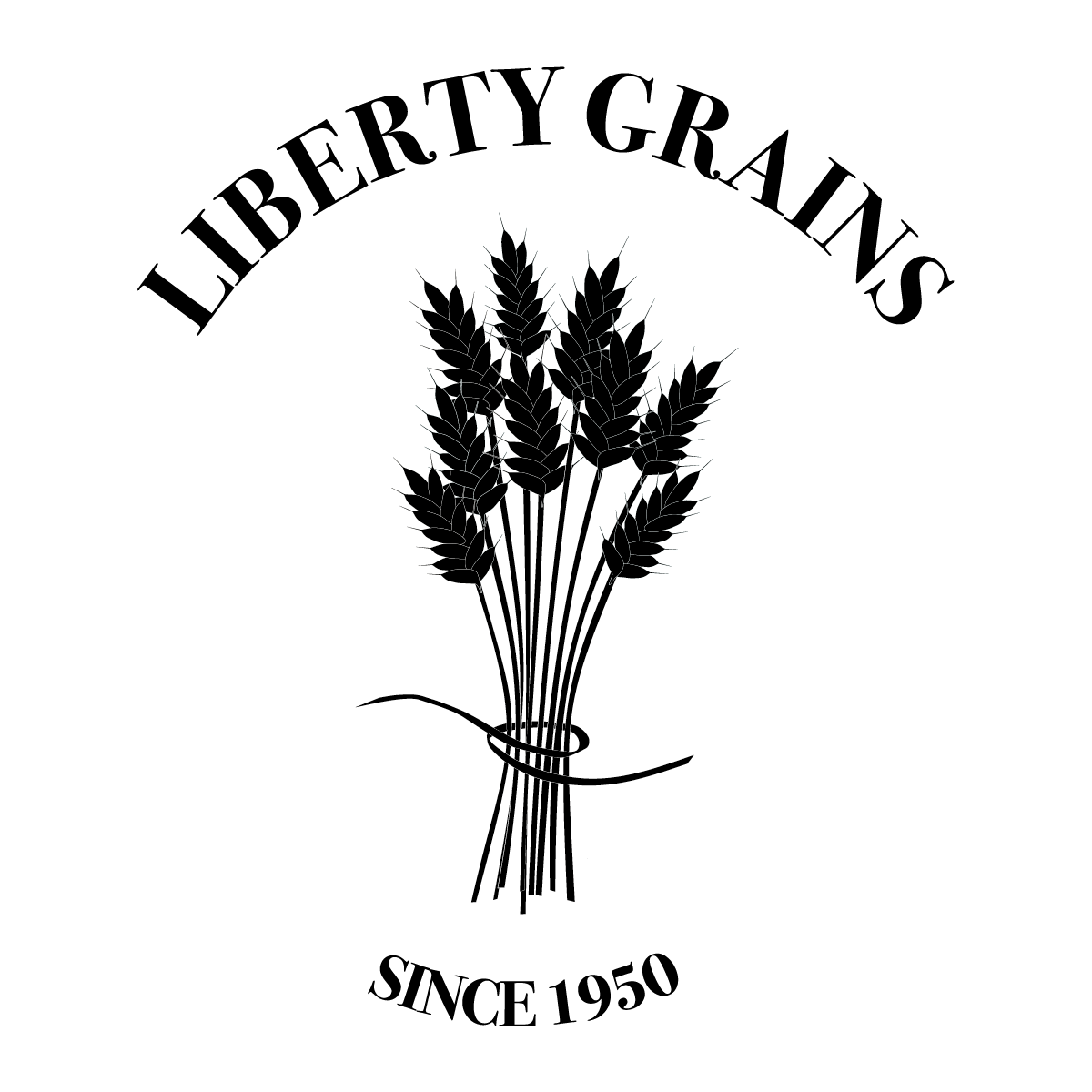No water, no wheat
Our farmyard (with our golden retrievers) after receiving about 0.50 inches of rain. Not long after this the rain turned to snow. Puddles make us very happy!
If there is anything we’re obsessed with around here on the Jepsen farm, its rain. Snow fits the bill too. We are a dryland farm. If you’re unfamiliar with that term, it basically means we grow our crops without irrigation. This isn’t necessarily by choice or design, it just is. The hilly geography of south Morrow County as well as the lack of a high-volume water source means we get to rely on mother nature to provide the water to grow our wheat. Rainfall isn’t plentiful in our area either. On average we receive about 12.5 inches of rainfall annually. To put that into perspective, an area is usually classified as a dessert if it gets less than 10 inches (give or take). Forests don’t usually show up until there are at least 20 inches or more annual precipitation. If we get above average rainfall we can expect a decent crop. If rain comes up short there isn’t much to put in the bin. That’s why we’re obsessed with rain. Just yesterday I snapped the picture on the left. Though it may not be exciting to most, it is to us. Yesterday we received 1.10 inches of rain, leaving puddles all over the farmyard. Scientifically speaking, 1.10 inches of rain converts to about 5 bushels of wheat produced per acre. Lots of other factors come into play, but that’s a good rule of thumb. The next time it rains, just think of all the good things that are able to grow because of the rain. This morning I was reading Psalm 72:6, which says “He covers the sky with clouds; he supplies the earth with rain and makes grass grow on the hills” Indeed that is true. I’ll be blogging a bit more about rain, especially how we conserve and manage moisture in our crop, in the future. Stay tuned.

